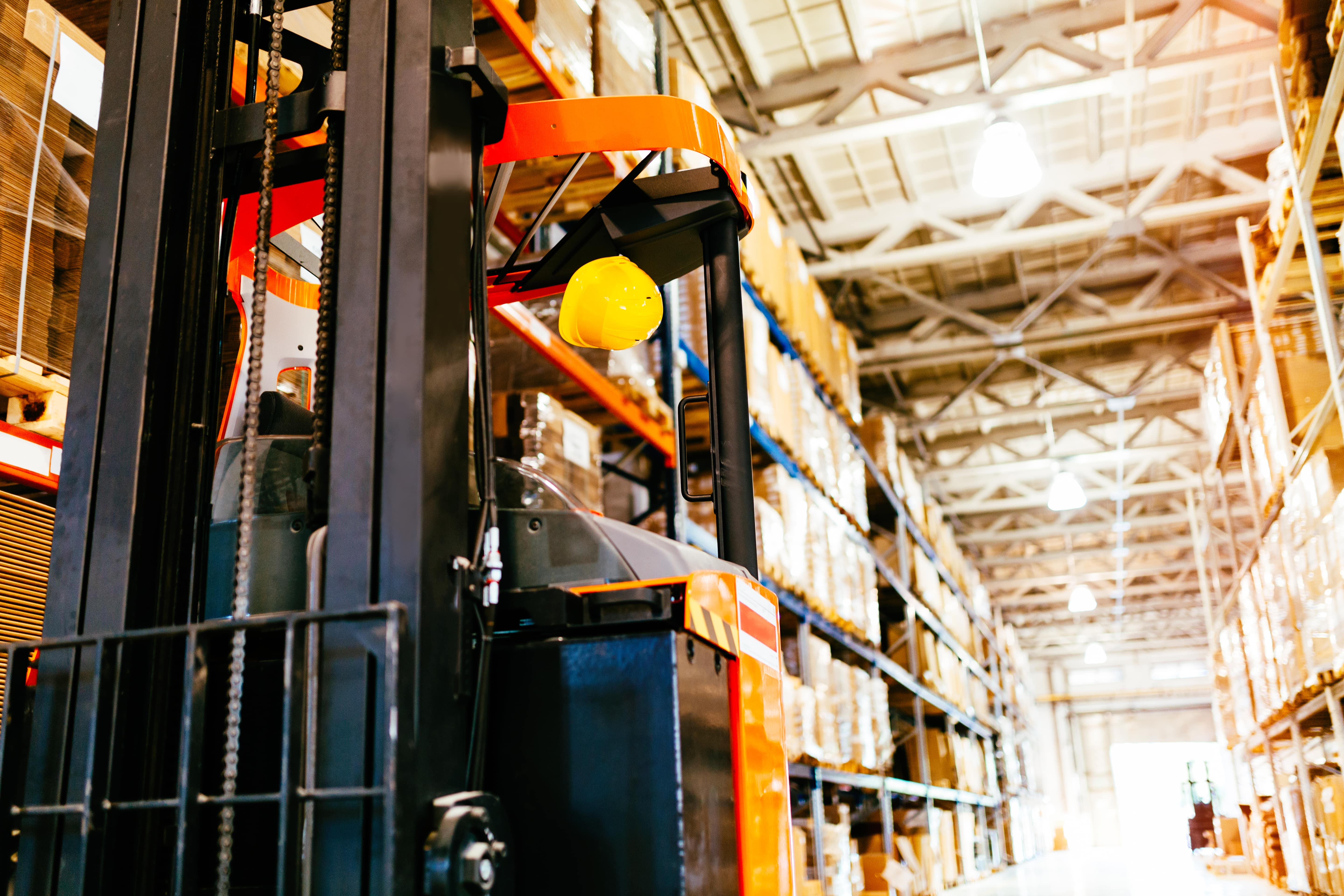Let’s review some of the top challenges that plague supply chain leaders today and how digitization can solve these issues.


The supply chain industry has had a tough run lately.
The pandemic brought to light ongoing supply chain challenges and inefficiencies, while also serving to magnify them. It is likely that you have either heard about or experienced these recent interruptions.
Ironically, while the pandemic did magnify these issues, they were not new. Technology has seen incredible growth, but supply chains are still slow to adapt. As consumers enjoy seamless next-day delivery with detailed tracking information, things look a lot different behind the scenes.

Let’s review some of the top challenges that plague supply chain leaders today.
Despite extensive investment in technology, many supply chain teams still depend on manual and laborious spreadsheets and phone calls, causing frustration and extensive workloads just to keep up with the changes.
This dependence usually happens due to:
Manual organization and record-keeping increase the margin for errors and without real-time updates, inconveniences become catastrophes. Imagine one of your trucks moving perishables loses refrigeration halfway into a delivery route. If you had this information in real-time, you could act immediately to fix the issue and avoid major financial loss. However, having purely manual processes could extend the downtime significantly.
As supply chains continue to become more complex, supply chain automation is now crucial to finding the holes in a value stream and fixing them before they disrupt the production workflow.
Lack of real-time visibility remains a major roadblock to achieving supply chain goals and objectives. More than 500 supply chain professionals surveyed by Gartner recently named it as one of their top three roadblocks – sitting squarely between high costs and limited access to talent.
Visibility is critical to effectively managing a supply network at all times. It becomes even more important when organizations prepare for and weather challenging times. Decision-makers need a clear grasp of the layers that make up their supply network and use up-to-date data to prepare for any scenario and make solid choices in the face of changing conditions.
With real-time visibility, there is plenty of time to pivot and keep the delivery on schedule if a problem occurs during early manufacturing. Similarly, orders placed will happen in real-time, allowing manufacturing to keep a pulse on demand and avoid unnecessary production and excess inventory. Visibility means that all supply chain activities can work together in real-time, minimizing waste and maximizing profit.
Supply chain is inherently a team sport – not just working across your own company departments but also across your Tier-1 through Tier-n suppliers. Depending on telephone calls and emails is increasing the workload for supply chain teams, and they cannot keep up with the communication overload.
Next-gen technology can enable real-time collaboration between all parties involved in your supply chain. When stakeholders within a supply chain link together, everyone in the network benefits. The future of supply chain optimization is a collaboration between an organization and its partners, suppliers, transportation and logistics partners, customers, dealers, and distributors.

One of the biggest hurdles for supply chain leaders is understanding that digitization is no longer a nice to have but a need to have for supply chain leaders to succeed.
Failure to adapt is detrimental not only to your supply chain, but also to the success of your entire business. Companies that don’t digitize their supply chain face an uphill battle to keep up with competitors who are digitizing.
We get it. The idea of becoming an expert in technology, in addition to supply chains, is exhausting!
This is where TADA comes in. We understand that you are not in the business of digitization. For you, time is of the essence, and a secure digital supply chain solution is of the utmost importance.

TADA helps you digitize your supply chain and unleashes the magic of data with unparalleled speed at an unprecedented scale, allowing our customers to securely connect data silos within their organization and externally with their partner enterprises. We offer the fastest deployment in the industry, with a running solution in 6-8 weeks.
The TADA platform starts with creating a digital supply chain twin of your organization. When combined with a data fabric, it creates our patented Digital Duplicate®. It uses intuitive workflows that seamlessly integrate with data across your enterprise. AI/ML algorithms deliver personalized tools and workbenches that enable the right decision-making processes for the right users, so they can draw intelligent, actionable insights.
Our no-code platform offers infinite navigation on both mobile and desktop. It provides a rich set of tools, including in-app forms, notifications, alerts, and semantic messaging capabilities to create new workbenches. Users can also modify existing workbenches to suit their supply chain needs.
Our digital-twin-enabled Supply Chain Control Tower is designed to solve complex supply chain problems and foster multi-tier supplier collaboration. Fueled by Digital Duplicate®, our patented digital supply chain twin technology empowers supply chain business leaders to gain orchestration, collaboration, and real-time end-to-end visibility across their entire supply chain ecosystem in a matter of weeks.
Multi-billion organizations across manufacturing, CPG, retail, and healthcare industries have used TADA's Supply Chain Control Tower to improve supply chain resiliency. With deployment happening in as little as 12 weeks and a scalable platform, this solution is one of the fastest, most flexible supply chain management products on the market.
Ready to learn more? Start by downloading our free whitepaper.
Test your own scenarios with TADA’s Clean TO! Build and see the impact in minutes.
Try TADA Clean TO! Build
Test your own scenarios with TADA’s RM Inventory Manager and see the impact in minutes.
Try RM Inventory Manager

Use TADA’s Tariff Manager to model costs, build agility, and protect margins.
Try the Tariff Manager
Test your own scenarios with TADA’s Tariff Manager and see the impact in minutes.
Try the Tariff Managerest your own scenarios with TADA’s RM Inventory! Manager and see the impact in minutes.
TRY RM Inventory! Manager